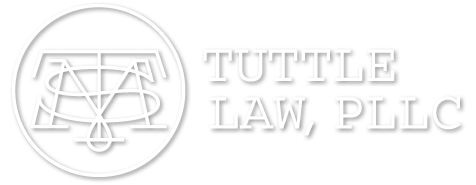Hugs — Bearable or Unbearable?
Many will recall the famous tagline from Erich Segal’s novel and the subsequent movie, Love Story — “Love Means Never Having to Say You’re Sorry.” Within a few years, Procter & Gamble appropriated the phrase for its line of disposable diapers with “Huggies Means Never Having to Say You’re Soggy.” With the recent report from the New York Times that John Lasseter, the Pixar co-founder and animation wizard behind “Toy Story,” “Cars” and “Frozen,” will no longer be employed by the Walt Disney Company “following complaints about unwanted workplace hugging,” one must wonder whether the appropriate catchphrase in this era of #MeToo and Time’s Up is “Hugs Means Having to Say You’re Sorry.”
A close reading of the article about Lasseter shows that describing his behavior as simply involving hugs may be understating things. It was reported that he was known to greet anyone near him with “lengthy bear hugs.” Another quoted source reported that his recurring behavior included “grabbing, kissing and making comments about physical attributes.” Even so, complaints by employees about hugging in the workplace can leave employers and human resources personnel scrambling for guidance about behavior that many people find innocent and a normal part of day-to-day camaraderie and many others find offensive. Is some hugging acceptable? Do some hugs cross the line into sexual harassment? How should employers react to hugging in the workplace?
In the wake of the news about Harvey Weinstein, Mario Batali, Garrison Keillor, Matt Lauer and many others, employers are reviewing and dusting off their sexual harassment policies. A well-crafted policy generally explains that illegal sexual harassment includes conduct that has the purpose or effect of substantially interfering with an individual’s work performance or creating an intimidating, hostile, humiliating or offensive work environment. It may go on to list behaviors and conduct that are prohibited by the policy. The list may include:
- Lewd, off-color, or sexually oriented comments or jokes; grabbing, groping, kissing, or fondling; jokes, sarcasm, slurs or innuendo sex; intimidation; violating another’s personal space; catcall or wolf whistling; foul or obscene language; leering, staring, or stalking; sexually suggestive or lewd t-shirts, posters, calendars, photographs, graffiti, cartoons, or websites; wearing sexually suggestive or provocative clothing, unwanted or offensive letters or poems; sitting or gesturing sexually; harassing or offensive email, voice mail or text messages; sexually oriented or explicit remarks, including written or spoken reference to sexual conduct, gossip about one’s sex life, body, sexual activities, deficiencies or prowess; questions about one’s sex life or experiences; repeated requests for dates; requests for sexual favors in return for employment rewards; threats if sexual favors are not provided; sexual assault or rape; assault or battery motivated by the victim’s gender.
Notably absent from this list is “hugging.” The exclusion should not be understood, however, to mean that all hugging is acceptable. Rather, hugs must be construed within the context of the policy — is the hug interfering with an employee’s work performance or is it creating a hostile or offensive work environment? Has the hug crossed the line from a friendly greeting or gesture to one that is sexually charged or intimidating? The latter plainly is covered by the policy. Consider all the circumstances and the nature of the hug when evaluating whether it may constitute harassment.
When dealing with claims of sexual harassment, it is best not to lose sight of common sense. The law recognizes that for behavior to qualify as illegal harassment it must be objectionable to both the victim and a reasonable person. It also must be sufficiently severe or pervasive. An overly sensitive person cannot dictate the norms of the workplace and require the absence of behaviors that are perfectly acceptable to the reasonable person. A prudent employer, however, will recognize that some employees are simply uncomfortable with any physical interaction and instruct its employees not to hug those persons who say they do not like it or do not want to be touched.
And, it is wise to instruct supervisors not to hug their subordinates under any circumstances. Not only might supervisors’ hugs lead to claims of a hostile work environment, but also employees may believe that they have to submit to such hugs as a term or condition of employment or for favorable employment actions, such as promotion, desired work assignments, or pay increases. This may put the employer at risk for viable claims of quid pro quo harassment. Those claims may come from the victim of an intended hug, who resisted and did not receive a sought-for benefit. They may also come from other employees who were not the targets of hugs but allege that although qualified they did not receive a benefit provided to the willing target.
The sexual harassment policy should make clear that if one must question whether a comment or action, including hugging, will be deemed harassment and violate the policy, then they should consider it best not to make the comment or take the action. After all, there is never a need to say you’re sorry for a hug you did not give.
— Melanie S. Tuttle
